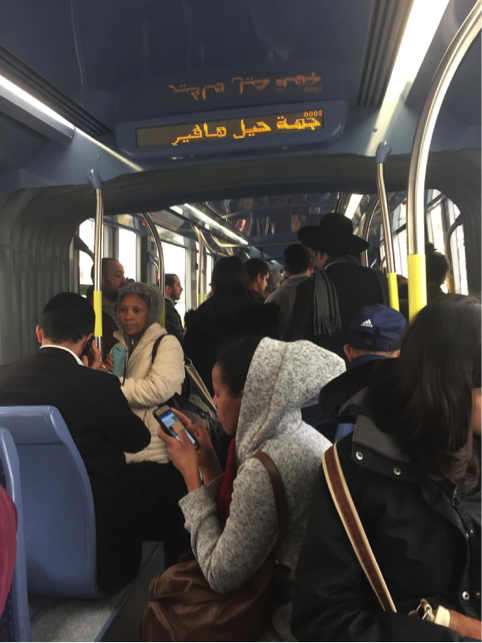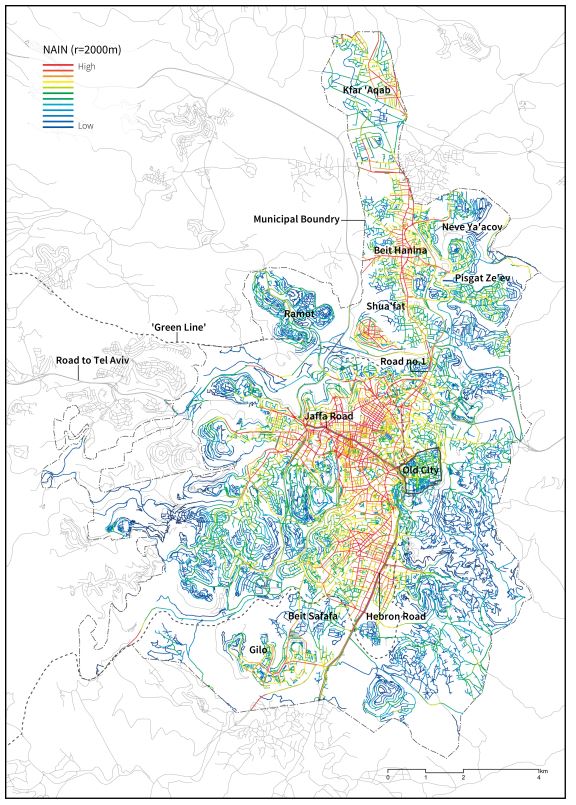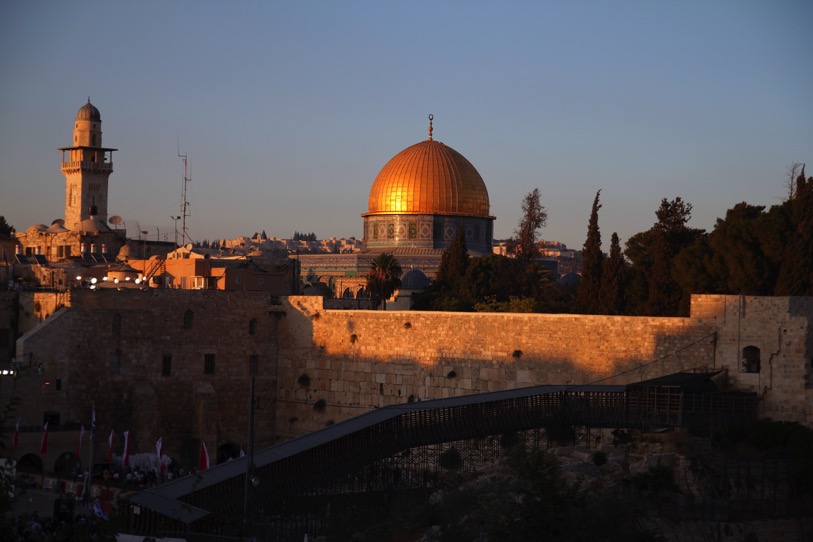During these dark times in Jerusalem and the wider Israeli Palestinian conflict, this new paper from Dr Jonathan Rock Rokem sheds some hope for a return to a more peaceful yet unequal urban co-existence.
Dr Jonathan Rock Rokem co-authored this new and timely paper published with Dr. Marik Shtern in Geopolitics journal:’Towards Urban Geopolitics of Encounter: Spatial Mixing in Contested Jerusalem’.
Adapting the debate on urban geographies of encounter to the volatile conditions of the nationally-contested city, this paper explores intergroup encounters between Israelis and Palestinians in Jerusalem. The paper suggests that in the context of hyper-polarisation of the nationally-contested urban space, the study of encounter should focus on macro-scale structural forces. In Jerusalem, we stress the role of ethnonationality and neoliberalism as key producers of its asymmetric and volatile, yet highly resilient geography of intergroup encounters.

While current events in the wider Palestinian-Israeli conflict, have brought intergroup conflict to new peaks of spatial violence at times of heightened political uncertainty, especially in Jerusalem (see: Rokem, Weiss, and Miodownik 2018), can these intimate everyday spatial encounters transfused by neoliberal incentives move us beyond the ethnonational conflict? Or can they at least promise a long-term daily functionality without a need to solve the larger national dispute?

2000 m (the colour range from red to blue indicates high to low connectivity values).
The shift back to ordinary daily encounters in Jerusalem and other mixed-contested cities such as Acre and Lod is anything but obvious in times of heightened national tensions. In the long run however, contested cities such as Belfast, Beirut and Jerusalem, have proven resilient to several waves of extreme forms of intergroup violence. During longer periods of calm, they have also moved relatively swiftly back to more ordinary urban geopolitics of encounter. It is precisely these structural forces and the inherent adaptable nature that this paper brings to light. This holds important lessons for some of the worlds most renowned ethnonational contested cities and brings hope even in such extreme circumstances.
References:
Rokem, Jonathan. Weiss, Chagai. and Miodownik, Dani (2018) Geographies of Violence in Jerusalem: The Spatial Logic of Urban Intergroup Conflict. Political Geography, 66: 88-97.
Shtern, Marik & Rokem, Jonathan (2021) Towards Urban Geopolitics of Encounter: Spatial Mixing in Contested Jerusalem, Geopolitis. DOI:10.1080/14650045.2021.1926992

